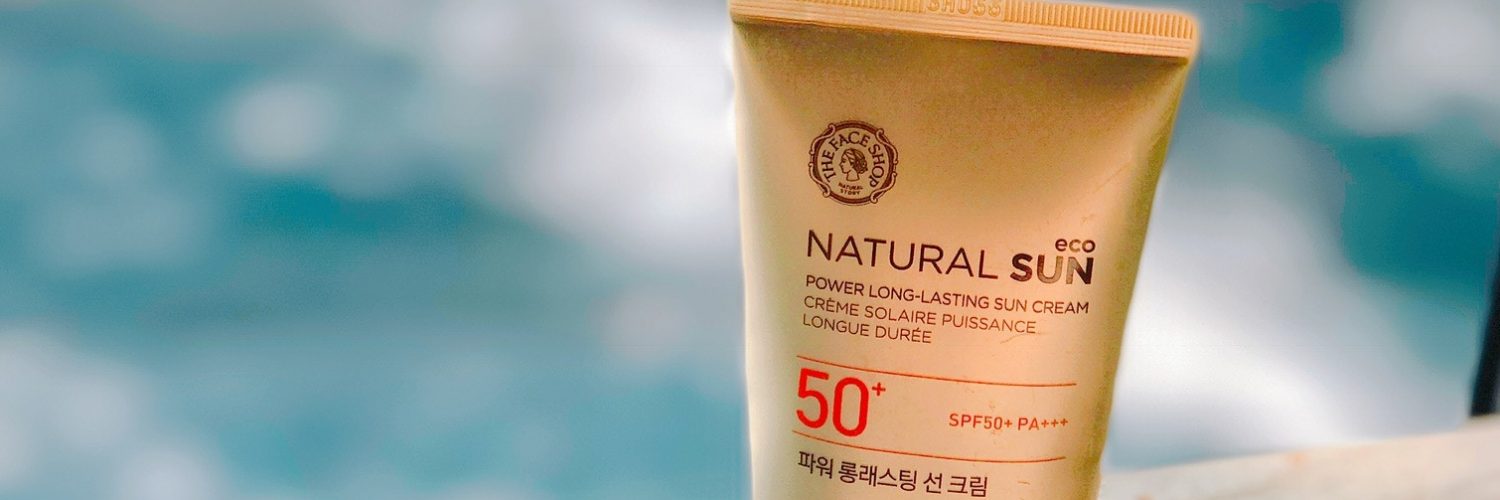Arizona sees about 285 days of sunshine on average every year, depending on your part of the state. It’s easy to say that our surplus of sunshine is a blessing to transplants from other states who are looking for relief from the frigid temps they’re used to. But with sunshine and clear skies comes a literally baked-in lack of protection from the source itself, which puts desert dwellers at a higher risk of skin cancer.
According to the American Cancer Society, Arizona will see about 1,400 new cases of melanoma this year alone, and an un-estimated amount of nonmelanoma skin cancer cases. And according to the University of Arizona Cancer Center, more than 3.5 million cases will be reported in the United States. But it’s through the Cancer Center at the university in Tucson where researchers Minying Cai and Victor Hruby have concocted two chemical compounds meant to combat sun damage and skin cancer by boosting the skin’s natural pigment.
The chemical compounds, developed by the professors in the UA department of chemistry and biochemistry, were licensed to get MCR Therapeutics off the ground.
The two professors have a long history with drug research, as Hruby has been involved in multiple drug startups and Cai has been studying this topic since she began her career at UA in 1999.
Part of Cai’s and Hruby’s research is developing specific peptides (i.e. tiny proteins that can help fight aging in skin) to fight against melanocortin receptors that aid in tanning skin. The ultimate goal is to ward off skin cancer altogether, but for now the aim is to slow down the 9,300 expected deaths caused by it every year.
Until now people have mostly relied on sunscreen when heading outside in Arizona. While this is a good precaution to prevent skin damage from ultraviolet radiation, it is often applied incorrectly and can wash off easily. Even a dip in the pool can wipe it away.
Something similar has been attempted before, but to lesser outcomes. Melanotan II, a highly sought-after alternative sold mostly on the internet, is an injectable tanning agent that’s been dubbed the “Barbie drug.” The drug is banned throughout the United States, Canada and Europe due to its serious side effects and not having undergone proper testing.
The peptides developed by Hruby and Cai have been testing well on a trial basis and are selective in their action, but they will need to pass the final test of going through human clinical trials. After this, the cancer-fighting solutions will gain regulatory approval and be sent on to production either through nasal sprays, skin patches or injections.
But how soon will we see these hit the market for mass use?
The researchers are collaborating with multiple companies to accelerate the research and ready the product for prime time.
As of now, the research team has been working alongside Tech Launch Arizona–a research arm at University of Arizona that focuses on the development and promotion of inventions–to bring their patents to life. “Our goal is to support UA faculty in commercializing research, and bringing new technologies to improve the lives of patients and the public,” says TLA director of licensing Rakhi Gibbons. “We hope that MCR will continue to move this technology forward through further research and development and eventually through human clinical trials, so the benefits of these potent peptides, which show promise in providing better sun protection and addressing other disease states, may be brought to the public.”
According to Gibbons, before the duo received licensing for the technology, the team received TLA Asset Development funding to address key elements of the technology and the necessary proof of concept to address market needs.
















Add comment